DAM BUSTERS : Dam Removal Europe presents the trailer of its new film
DAM BUSTERS is the new film by Dam Removal Europe and the World Fish Migration Fundation about dam removal. Worldwide distribution, premiere expected in 2021.
Following the journey around the world of Pao Fernández Garrido, a Spanish engineer, the film sets out to meet the “river heroes”, women and men, in all continents in their passionate quest to restore rivers and ecosystems. Laura Wildman from the United States, Roberto Epple – Founding President of ERN-France, are among the film’s personalities.
France, the first country, along with the United States, to have carried out major dam removals since 1996, will be in the spotlight with the removal of the major dams on the Sélune and the partial removal of the Poutès dam on the Haut Allier.
A film from Francisco Campos Lopez, in collaboration with Magen Entertainment, LLC.
#DamRemovalEurope #DamRemovalGlobal #WorldFishMigrationDay #dam removal #RiverResotrationHeroes
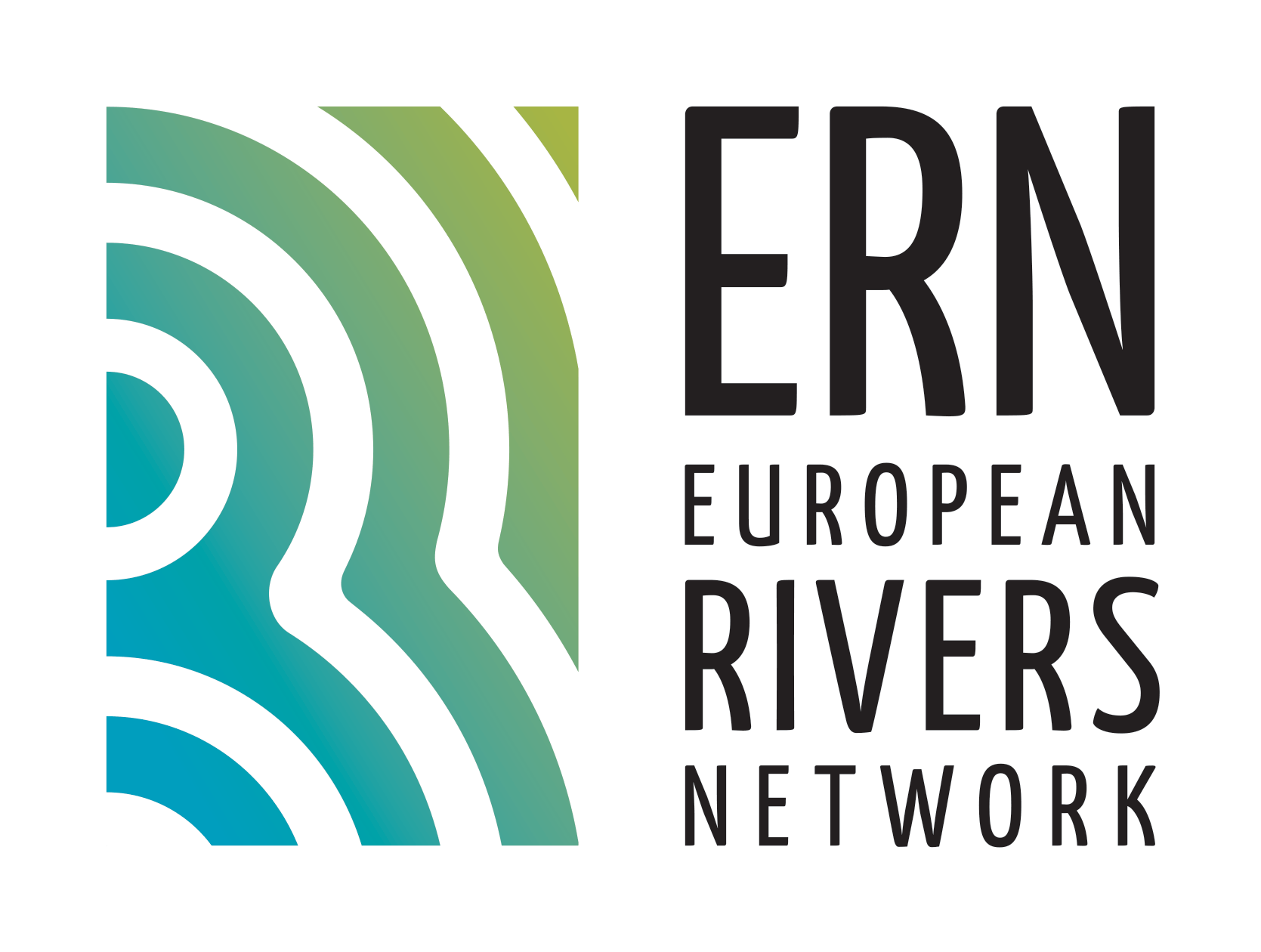

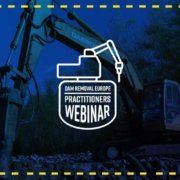
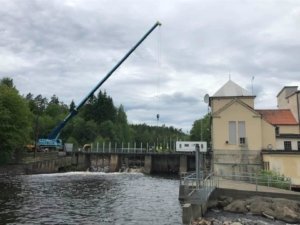 Hydropower dam: Marieberg , Sweden
Hydropower dam: Marieberg , Sweden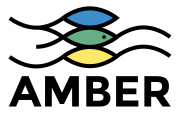
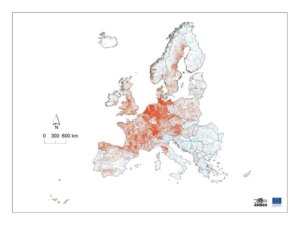
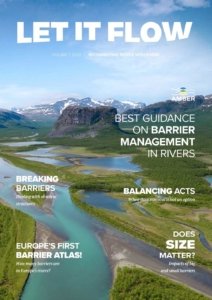
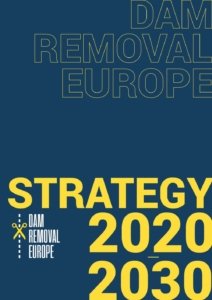
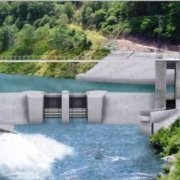
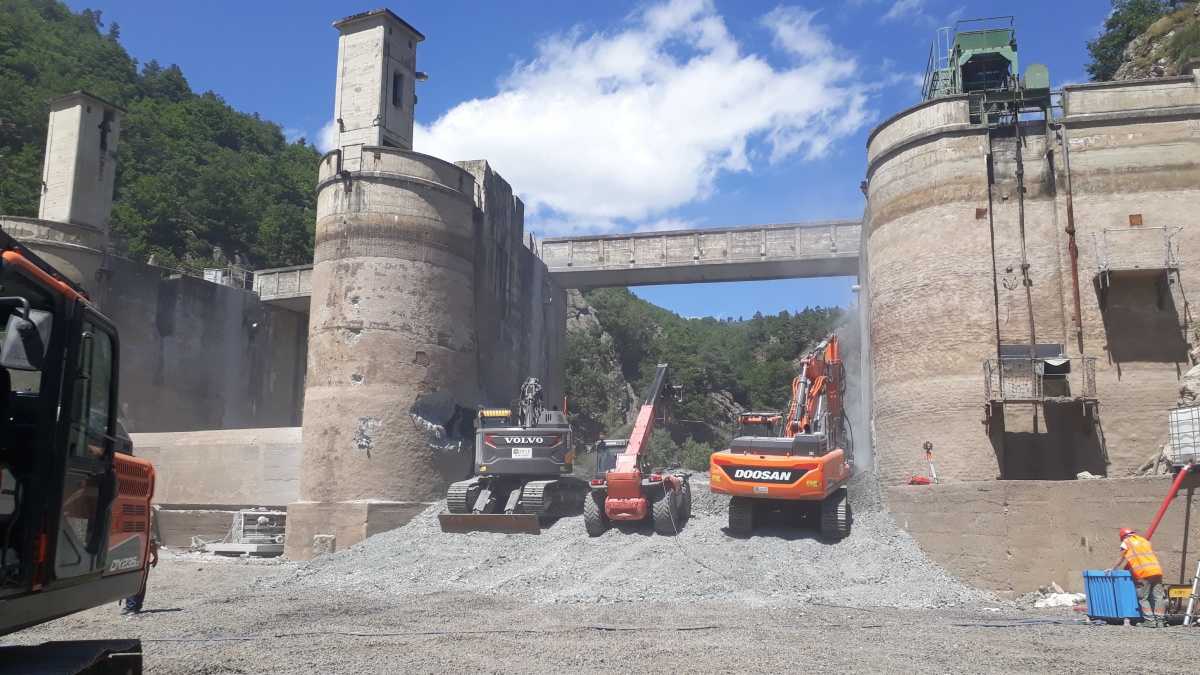
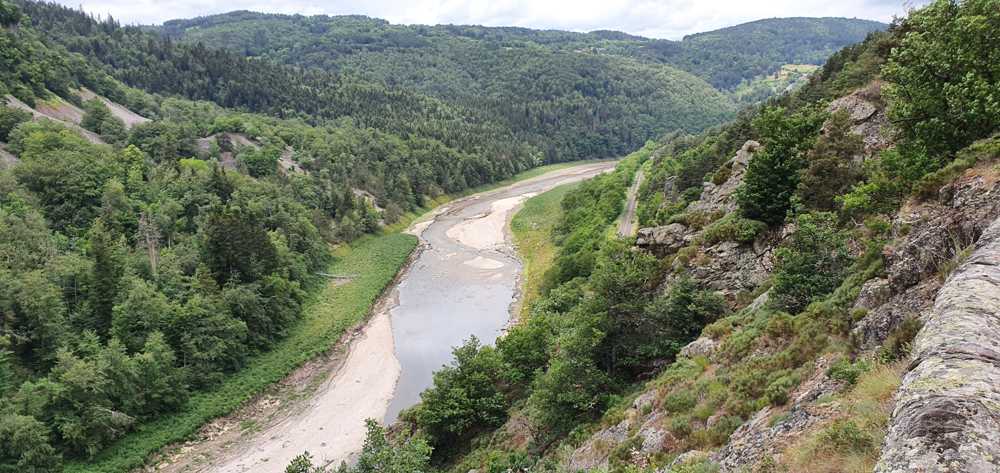
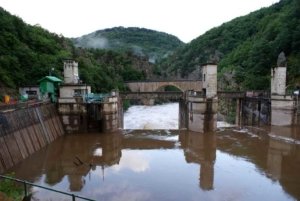
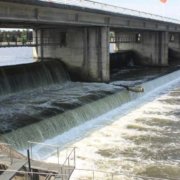
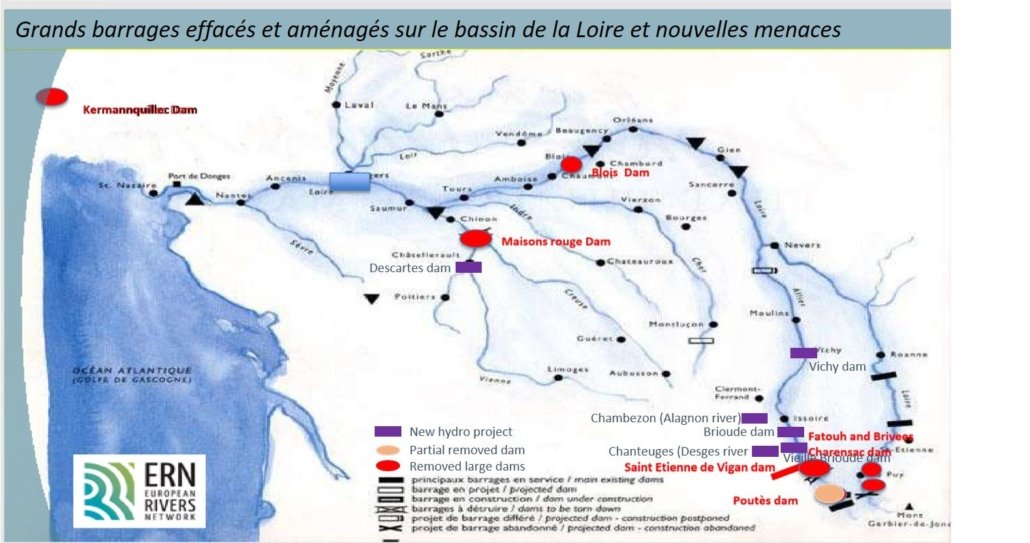
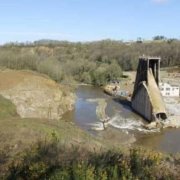
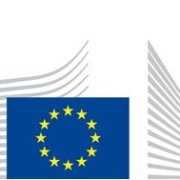
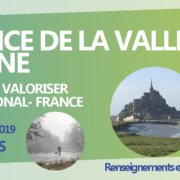
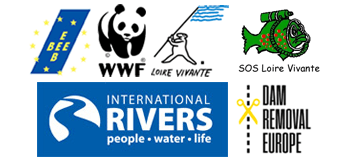 ERN is the official WWF Freshwater Partner in France and cooperates with WWF Switzerland, Austria, Netherlands and others
ERN is the official WWF Freshwater Partner in France and cooperates with WWF Switzerland, Austria, Netherlands and others